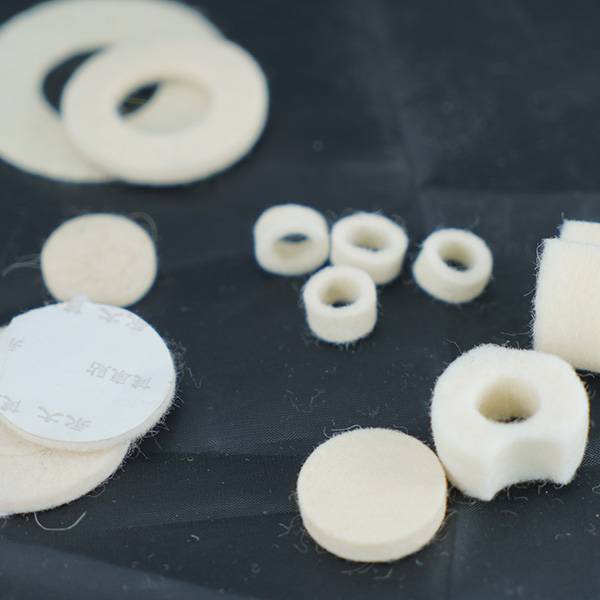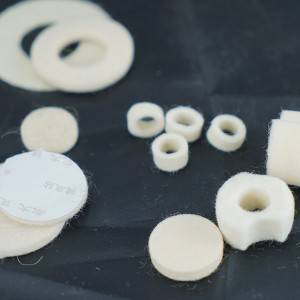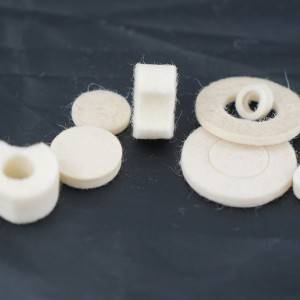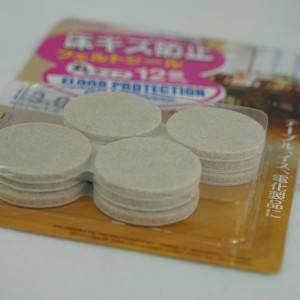Felt Seal & Gaskets
Felt is a textile material made from natural and synthetic materials including wool, acrylic and rayon. It is widely used to manufacture felt gasket materials and to create architectural felt for sound and vibration dampening, and decorative purposes.
wool felt is specified by an SAE standard. This assigns grades from F-1 to F-55. Higher numbers indicate lower density, and these grades have less ability to absorb vibration and resist abrasion.
Synthetic felt is made from polyester or other man-made fibers that are combined into felt material using a needle punch process or heat. It has a soft texture and is manufactured using different types of fibers to produce varying levels of harness and strength. Coatings and laminations may also be applied for flame resistance or to enhance the surface finish. Synthetic felt is available in comparable densities and thicknesses to SAE wool felt, and represents an inexpensive alternative.
In many cases, this general purpose material provides better performance and value than wool felt. Synthetic felt is commonly used for dunnage, anti-squeak applications, crating, filtration, padding, wipers, and a wide range of other applications.
Because it is 100% synthetic, this material is highly mildew and wear resistant, and can withstand higher temperatures than wool felt. Synthetic felt can be brushed or vacuumed to remove debris, and spot cleaned using water and mild soap.
Advantage
1.Noise-deadening
Thanks to strong resilience, felt gasket material can absorb movement between surfaces that would otherwise cause rattles and squeaks. By preventing the transmission of vibration it’s also a good sound-deadening material.
2.Filtration
The random orientation of fibers in felt make it a very effective filtration medium. Filtration is further enhanced by soaking in oil. Wool fibers hold oil on their surface, which traps very small particles being drawn through.
This ability to retain oil also makes felt a good seal against moving surfaces such as shafts. The wool adapts to changes in gap while oil provides lubrication and simultaneously prevents fluid transmission.
3.Compliant but Durable
As a soft gasket material, felt is similar to an open cell neoprene, EPDM or silicone foam. Its upper-temperature limit is lower, but depending on grade, abrasion resistance can be higher. If you’re looking for a material that can lubricate as well as seal, ask about felt.
We also offer die cutting, slitting, laminating, and other services for felt gaskets or felt material that meets your requirements.
Features
1) High elasticity, chemical-resistant, flame retardant.
2) Wear-resistant, heat insulation
3) Electrical Insulation
4) Excellent shock absorption
5) Highly absorbent
6) Environmental protection material
7) Good insulation performance









